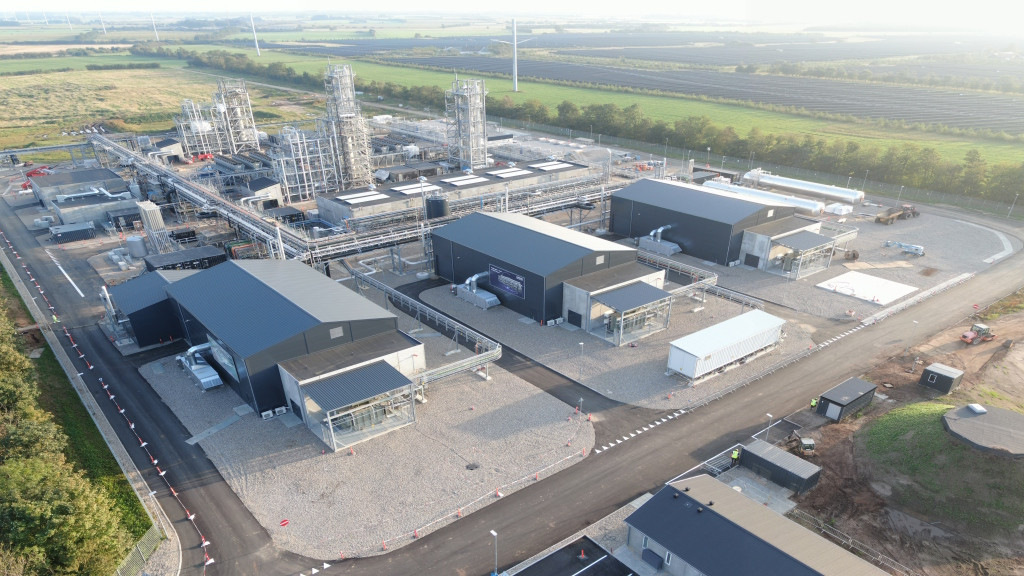Selms Muir Hydrogen Project: Revolutionizing Renewable Energy in Scotland
Key Ideas
- Selms Muir Hydrogen in Livingston, UK, will establish a 20 megawatt electrolyser hub producing six tonnes of low carbon hydrogen daily, supporting local buses, heavy vehicles, and a solar farm project.
- The collaboration between Hygen and European Energy aims to accelerate Scotland's transition to hydrogen, complementing solar and wind energy projects to reduce over 420,000 tonnes of CO2 emissions over 40 years.
- The project, funded through the UK Government's Hydrogen Allocation Round 2, signifies a significant step towards creating a nationwide hydrogen supply network and deploying the UK's first zero-carbon municipal bus fleet.
- European Energy's Vice President emphasizes the business case for green hydrogen production in the UK, highlighting the project's role in achieving the country's net-zero goals by 2030.
The Selms Muir Hydrogen project in Livingston, West Lothian, UK, is set to revolutionize renewable energy in Scotland. The project, a collaboration between Hygen and European Energy, will feature a 20 megawatt electrolyser hub capable of producing six tonnes of low carbon hydrogen per day. This hydrogen will be used to fuel local buses, heavy vehicles, and support a nearby solar farm project, contributing to Scotland's transition to hydrogen as part of its sustainable energy mix. The initiative aligns with the UK Government's ambition to scale up green hydrogen production, aiming for at least 10 gigawatts of low carbon hydrogen capacity by 2030. Funding for the Selms Muir Hydrogen project comes from the Government's Hydrogen Allocation Round 2 (HAR2), demonstrating a commitment to accelerating the production of green hydrogen. The project is also expected to displace over 420,000 tonnes of CO2 emissions from fossil fuel sources over its 40-year lifespan. With a strong focus on sustainability and innovation, the Selms Muir Hydrogen project represents a significant step towards achieving the UK's net-zero targets. By integrating hydrogen production with existing solar, wind, and battery storage activities, the project sets a precedent for future green energy initiatives in the region, showcasing the potential for hydrogen to play a key role in decarbonizing transportation and energy sectors.
Topics
Public Transit
Renewable Energy
Infrastructure
Sustainability
Green Technology
Transportation
UK Government
Latest News
